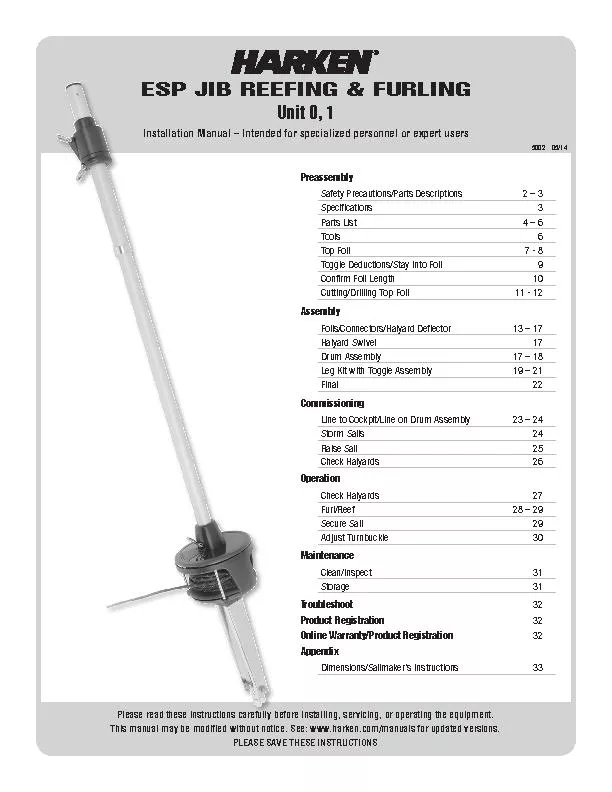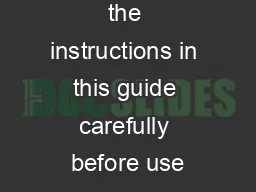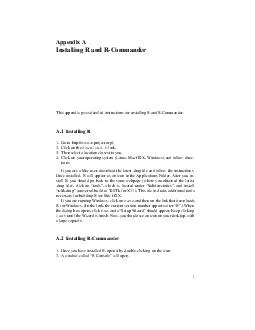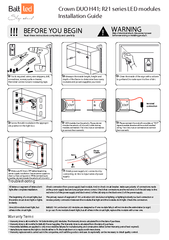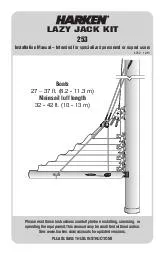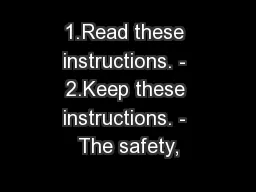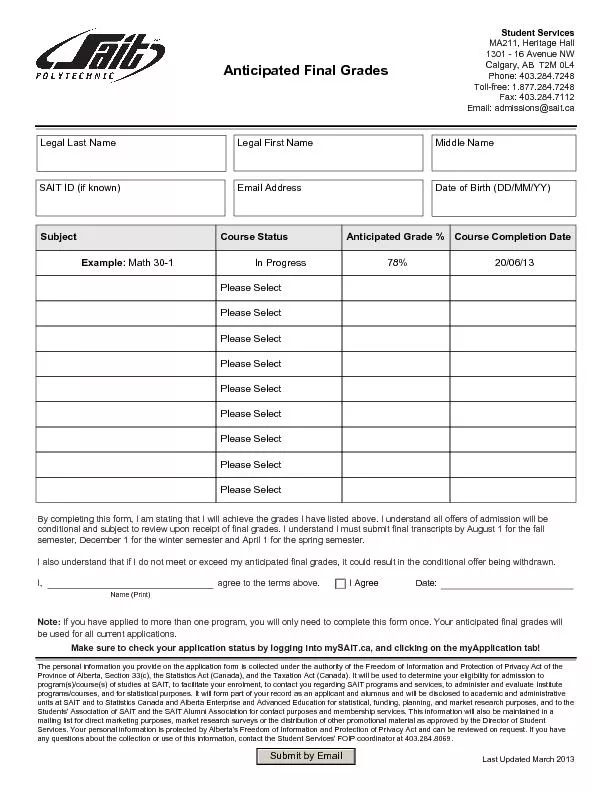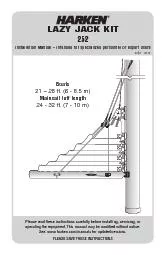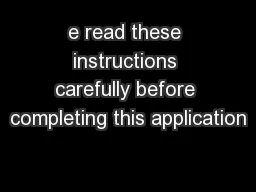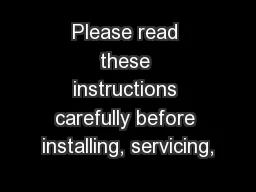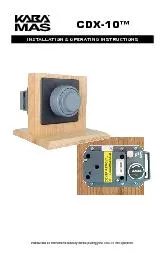PDF-Please read these instructions carefully before installing, servicing,
Author : debby-jeon | Published Date : 2016-06-11
ToolsTop Foil 2ESP Unit 0 1213457 1 Leg Kit with Toggle 4 Adjuster Tube Clamp Screws6 Adjuster Tube Bushings7 Adjuster Tube 13 Connector Wedge14 Top Foila Trim Cap
Presentation Embed Code
Download Presentation
Download Presentation The PPT/PDF document "Please read these instructions carefully..." is the property of its rightful owner. Permission is granted to download and print the materials on this website for personal, non-commercial use only, and to display it on your personal computer provided you do not modify the materials and that you retain all copyright notices contained in the materials. By downloading content from our website, you accept the terms of this agreement.
Please read these instructions carefully before installing, servicing,: Transcript
Download Rules Of Document
"Please read these instructions carefully before installing, servicing,"The content belongs to its owner. You may download and print it for personal use, without modification, and keep all copyright notices. By downloading, you agree to these terms.
Related Documents

